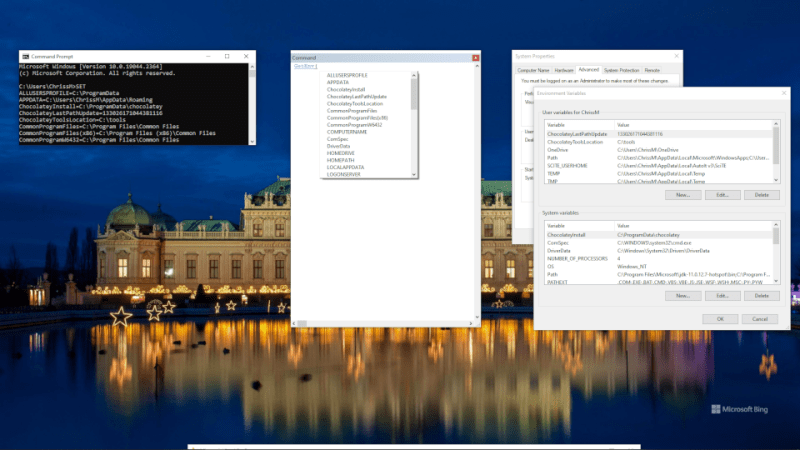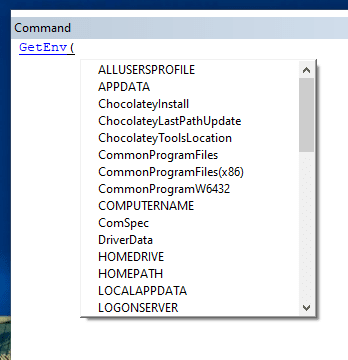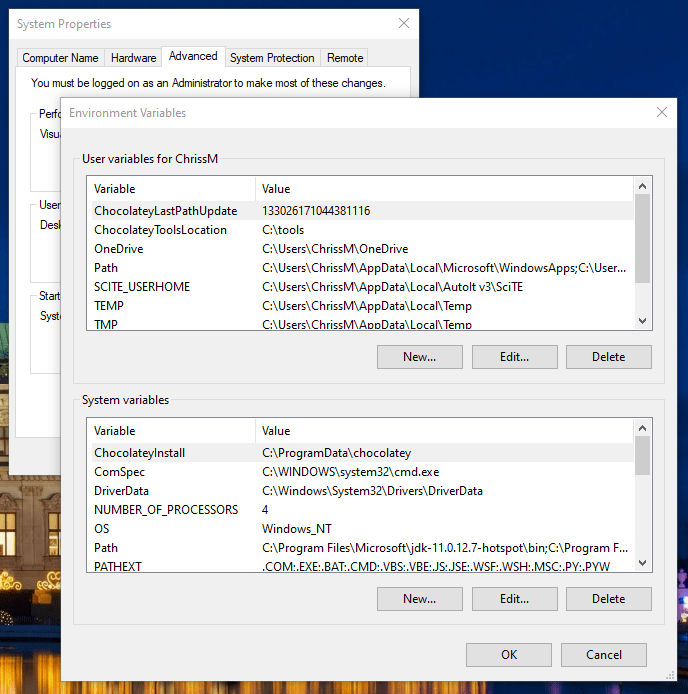Just been dealing with a little support issue on a, very, remote system - nearer to MikeL than me - an old app
written in VFP6 (Started in 2002!).
User retiring, new user, new laptop, WFH, Windows 11... trying to locate the Sage Accounts data so that customers can
be read directly from there.
The app has a browse button to locate the folder (C:\ProgramData\sage\accounts\2022\company.000\accdata) but there is a
problem. C:\ProgramData is a hidden folder and VFP6 can't 'see' it via GETDIR().
In VFP7 and above you can specify three parameters and then VFP uses the Windows api to select a folder, but not back in
VFP6.
Anyone got a good workaround for this - obviously I *could* upgrade the app to VFP9, but I would rather not... well not
right now.
I have solved the instance in question by starting the search further down the tree so to speak - past ProgramData
Regards
Griff
Keep [Smile]ing
written in VFP6 (Started in 2002!).
User retiring, new user, new laptop, WFH, Windows 11... trying to locate the Sage Accounts data so that customers can
be read directly from there.
The app has a browse button to locate the folder (C:\ProgramData\sage\accounts\2022\company.000\accdata) but there is a
problem. C:\ProgramData is a hidden folder and VFP6 can't 'see' it via GETDIR().
In VFP7 and above you can specify three parameters and then VFP uses the Windows api to select a folder, but not back in
VFP6.
Anyone got a good workaround for this - obviously I *could* upgrade the app to VFP9, but I would rather not... well not
right now.
I have solved the instance in question by starting the search further down the tree so to speak - past ProgramData
Regards
Griff
Keep [Smile]ing
There are 10 kinds of people in the world, those who understand binary and those who don't.
I'm trying to cut down on the use of shrieks (exclamation marks), I'm told they are !good for you.
There is no place like G28 X0 Y0 Z0
I'm trying to cut down on the use of shrieks (exclamation marks), I'm told they are !good for you.
There is no place like G28 X0 Y0 Z0




